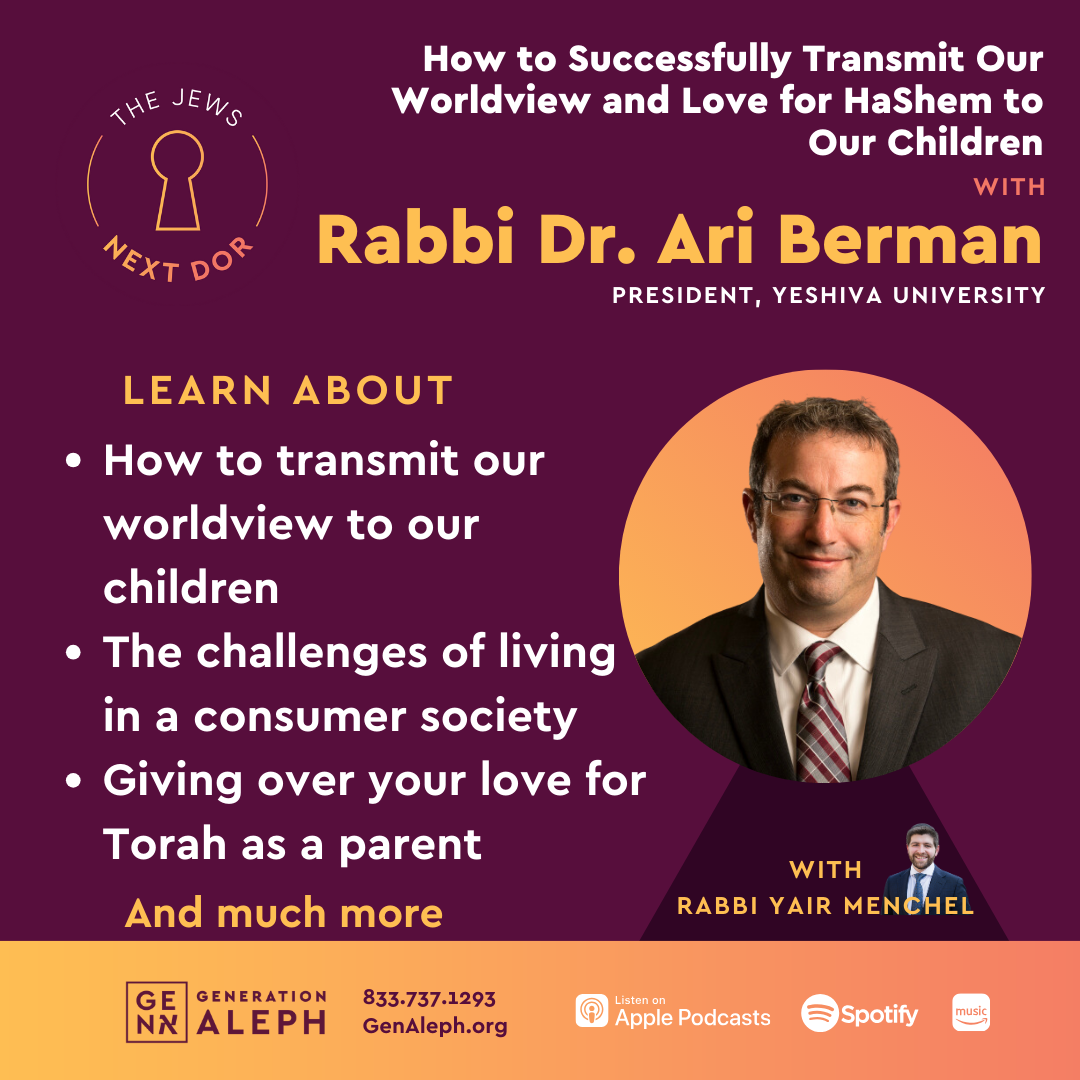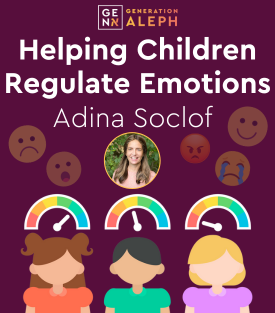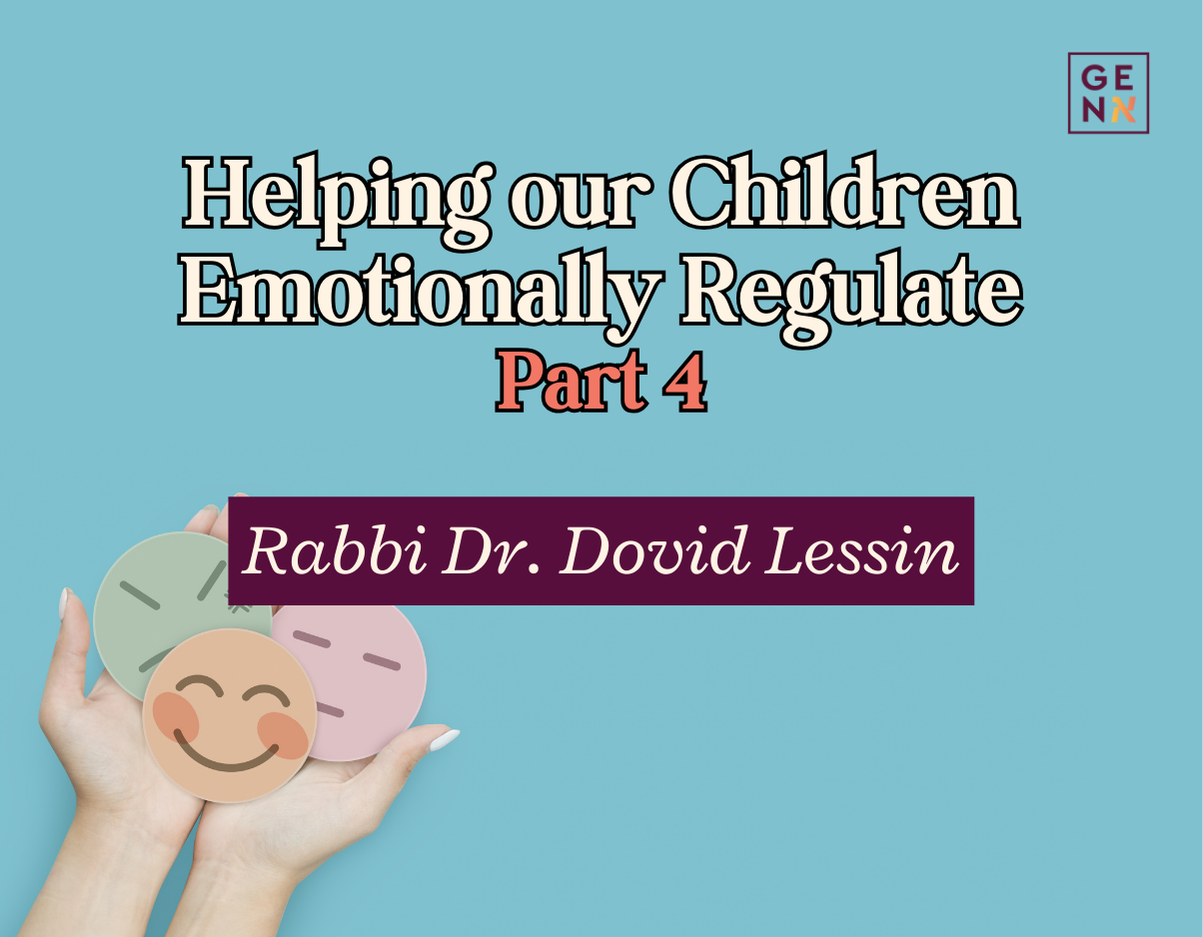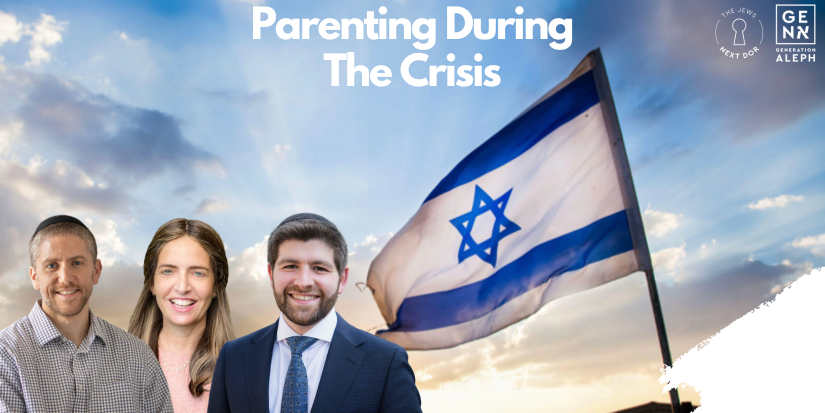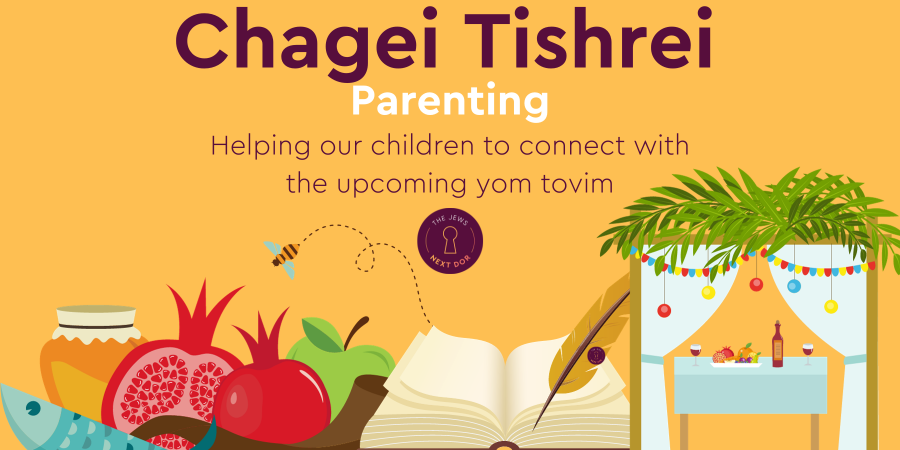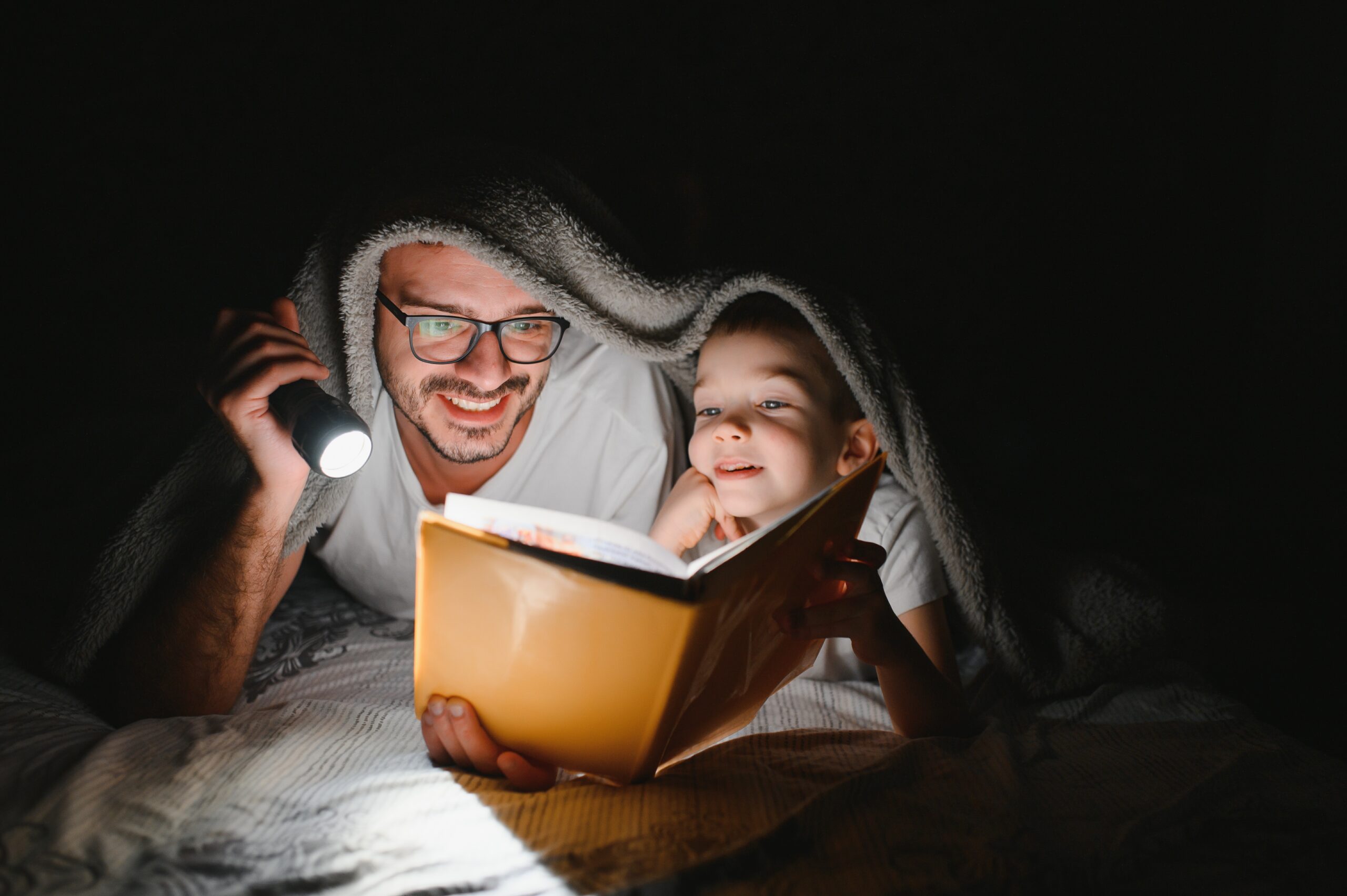One of the great mysteries of the kitchen, I’ve learned, is that the same dish can turn out differently every time (I refer the reader to the Lessin cookie saga of 2023, which some experts say is yet ongoing). How this culinary quirk happens, I’ll never understand. Einstein’s definition of insanity – doing the same thing repeatedly and expecting different results – seems not to apply to the realm of the roast. The most reasonable explanation for such inexplicable food flops, it seems to me, is the infamous hand that tampers in all matters tasty, ultimately deciding Who really stirs the pot. Even unwavering loyalty to the cookbook is no match for the supernatural power that randomly turns savor to spoil and dials up the temperature on every cook’s emotional boiling point. Alas, we can follow recipes all we like, but it appears that the Masterchef is not in fact us.
Yet, after years of cuisine-prep ponderance, I’ve discerned at least one more rudimentary truth: ingredients matter (as do well-working ovens, but that’s a far more expensive thought). Though a baker I am not, it’s clear that what gets put into making a meal largely determines what comes out at the end (invisible forces notwithstanding). Minor adjustments in measurements or order of additives significantly alter the finished product. In other words, a delicacy is not really more than the sum of its parts.
And so it is in the realm of emotions, where specific internal and external ingredients must be present for the stew we call feelings to emerge. According to Dr. James Gross, the combination of four elements – Situation, Attention, Cognition, and Response (SACR) – results in the experience of an emotion. We only feel things when we encounter a situation that catches our attention and causes us to think in a way that arouses a physical (and often behavioral) response. Without any one of these factors, the dough of a feeling collapses before it has the chance to rise.
Gross’s findings are good news for those of us trying to help our children regulate their feelings because they mean that there are several points along the timeline from trigger to response where we can teach our kids to take the kettle off the stove before things emotionally overheat. As Gross explains, we can devise interventions targeting each of these four components that will set things along a more amenable course. And we can teach our kids to do so, too.
Five strategies
Let’s recall Danny, who went from mad to sad in our last article. After helping Danny through his emotional storm, you may have an opportunity to speak with him and offer methods for handling future arguments and other emotionally charged situations. The following tactics may not all apply to missed foul shots and wounded egos, but all of them will be relevant at some point in Danny’s life, as he faces a world that will sometimes seem bent on provoking him at every turn.
Strategy #1: Situation selection
We can’t have an emotion if there’s no situation to trigger it. Situation selection is the most forward-thinking of our regulation strategies (often featuring prominently in prevention programs for substance abuse treatment) because it tells us to look ahead and be mindful of the circumstances we choose to put ourselves in. For instance, we can encourage our children not to play with kids who consistently make them feel bad. We can also rethink activities in which they regularly feel like failures and try to come up with alternative pursuits that will bring out their strengths and talents. While we don’t want to incubate our kids from adversity by teaching avoidance or sterilizing their environment, it is certainly ok to be smart about the situations we expose them to and which we guide them away from.
Chazal teach us (Tamid 32b; Avot 2:9) that a wise person is roeh et hanolad, anticipates what’s coming. A hallmark of wisdom is the ability to think down the road to future probabilities and not bury our heads in the illusion that everything will be ok. While this may be true on a cosmic level, it’s not wise to set up our children for inevitable hurt and rejection. As parents, we can teach our kids to forecast what seems imminent and plan to be in situations that will promote growth and prevent harm.
Strategy #2: Situation modification
Once we find ourselves in a challenging situation, the question is how we wish to engage with it. Situation modification means changing the environment to alter the way we experience what’s happening. For instance, a child who is anxious about performing in front of people may benefit from having a parent or friend beside them whose presence helps calm their nerves. Likewise, a child about to enter an unfamiliar place may want to bring along an item from home to help them manage feelings of doubt and uncertainty. These small but useful adjustments can help our kids temper what may otherwise feel too daunting.
Parents employ situation modification all the time without realizing it. We make to-do lists to feel less overwhelmed, bring down the tone of our voice to decrease tension in a conversation, and ask a friend to sit in the front row when delivering a speech in public. The message of modification is simple yet empowering – we can’t always choose the situations we are in, but we can almost always think of a way to help them go better.
Strategy #3: Attentional deployment
If asked what choices you made today, you probably won’t say that you’ve placed your attention on one item over another. We tend to think of choice as being primarily about action – we decide to do this and not to do that. It’s important to remember, though, that we also have a say in what we pay attention to. As parents, we can teach our kids that they are in charge of what they focus on and what they decide to let go of.
Attentional deployment means selecting which aspects of a situation we want to hone in on to the exclusion of those we don’t. In Danny’s situation, we can encourage him not to dwell on Ariel and Mordy’s negative comments and instead focus on how to score on the next play. Attention is like a spotlight that shines in the direction of our choosing. We do this all the time as parents, like when we listen to one child while temporarily tuning out another (an absolute parental necessity). It’s important to teach our kids that just because something is happening doesn’t mean we need to lend our focus to it. Why get caught up with things that bring us down when there are so many better things to think about?
Strategy #4: Cognitive reappraisal
This one is our specialty. As Jews, we know that every situation can be viewed in multiple ways. Working with our cognitions, our thoughts, is a significant part of divine service and features prominently in Jewish works dedicated to character development and worldview (Mussar and Hashkafa). For instance, Hashem encourages us to train our minds so that we learn to look at people the way He does. Just as He is merciful, He wants us to view others with merciful eyes and not focus on their negative qualities (Sotah 14a; Shabbat 133b). Similarly, as the holiday of Purim recently taught us, we look at historical events not as random occurrences but as part of Hashem’s ultimate plan for humanity. The Jewish approach is to use our cognitions to shape the way we see the world and how we are meant to interact with it.
Allon Vishkin, Cultural Psychologist at the Technion in Israel, who studies emotion, motivation, and social norms, points out that religious individuals are especially adept at altering their thoughts about a situation to change its emotional impact. This sort of perspective shifting, a.k.a. cognitive reappraisal, happens, for example, when we help our children see that working with an underprivileged child is an opportunity for chessed rather than a drain on their schedule. With quarreling siblings, we may introduce the idea that occasionally letting go of something they want is an opportunity to make their parents and Hashem proud of them. These are examples of implanting a new thought into our children’s mental flow that helps them see things in a different light, which can greatly mitigate emotional reactivity.
An important caveat is in order here. Teaching our kids how to look at things does not automatically mean they will. At least not at first. Or the next time, either. But our job as parents is not to guarantee results; it is to offer our kids perspectives on life that will ultimately serve them in the long run. We may need to repeat these alternative narratives many times before they sink in. That’s ok; what matters is that we’re giving them another outlook that can curb the natural tendency to think in ways that only further their emotional distress.
Strategy #5: Response modulation
The final regulation strategy we’ll discuss is what to do when an emotion is already present and ready to take over. These are the moments when anger pushes us to yell, frustration wants us to lash out, and helplessness just hopes we’ll give up. When this happens, we can learn to look at the physiological responses that alert us to the presence of an emotion – heart rate increasing, body temperature rising, stomach sinking – and draw from strategies that help us calm down. We can teach our kids to leave the room when they’re about to hit someone or take a few deep breaths rather than explode in rage. More anxious kids may benefit from learning how to ground themselves, as we’ve explored previously. We can also suggest exercise, music, and other recreational activities to help them let out steam or calm their wound-up systems. As we sit with our kids and process what happened after an emotional explosion, we can brainstorm other things they could have done to modulate their behavior.
Here we have yet another reason why being our children’s emotion coach is such an important job. Without stepping in to teach our kids better responses, they may naturally look for quick fixes to numb the feelings they don’t like. Food, alcohol, and drugs can all be used as maladaptive response modulation tools to help them feel better temporarily, even as they are pulled into the addictive vortex of these substances. Kids who feel armed with strategies to manage their intense emotions are less prone to veering toward these unhealthy replacements.
Cooking and coping
Returning to our original metaphor, when it comes to helping our children regulate their emotions, it’s ok at first to have another cook in the kitchen. Our kids will go off one day and come up with their own coping concoctions, but whatever they create will be based upon the tips we gave them when they were young, the ones that carry the flavor of home. So as our children clank around out there trying to contend with more twists than grandma’s cinnamon rolls, we can learn to gently sit with them, pull apart whatever happened, and suggest new strategies that will give them a sense of agency and control over their emotional worlds. It may take several attempts before our suggestions finally settle, but when they do, our kids will come out with a final course that is much more appetizing to themselves and those around them.
__________
Rabbi Dr. Dovid Lessin, PsyD, holds a doctorate in Clinical Psychology and is a certified psychotherapist with a private practice in Jerusalem and Modiin, Israel. He specializes in treating couples as well as adult men and adolescents. He lives in Sha’alvim with his wife, Adina, and their four children. Check out his work at https://www.lessintherapy.com
Submit your questions
"*" indicates required fields


